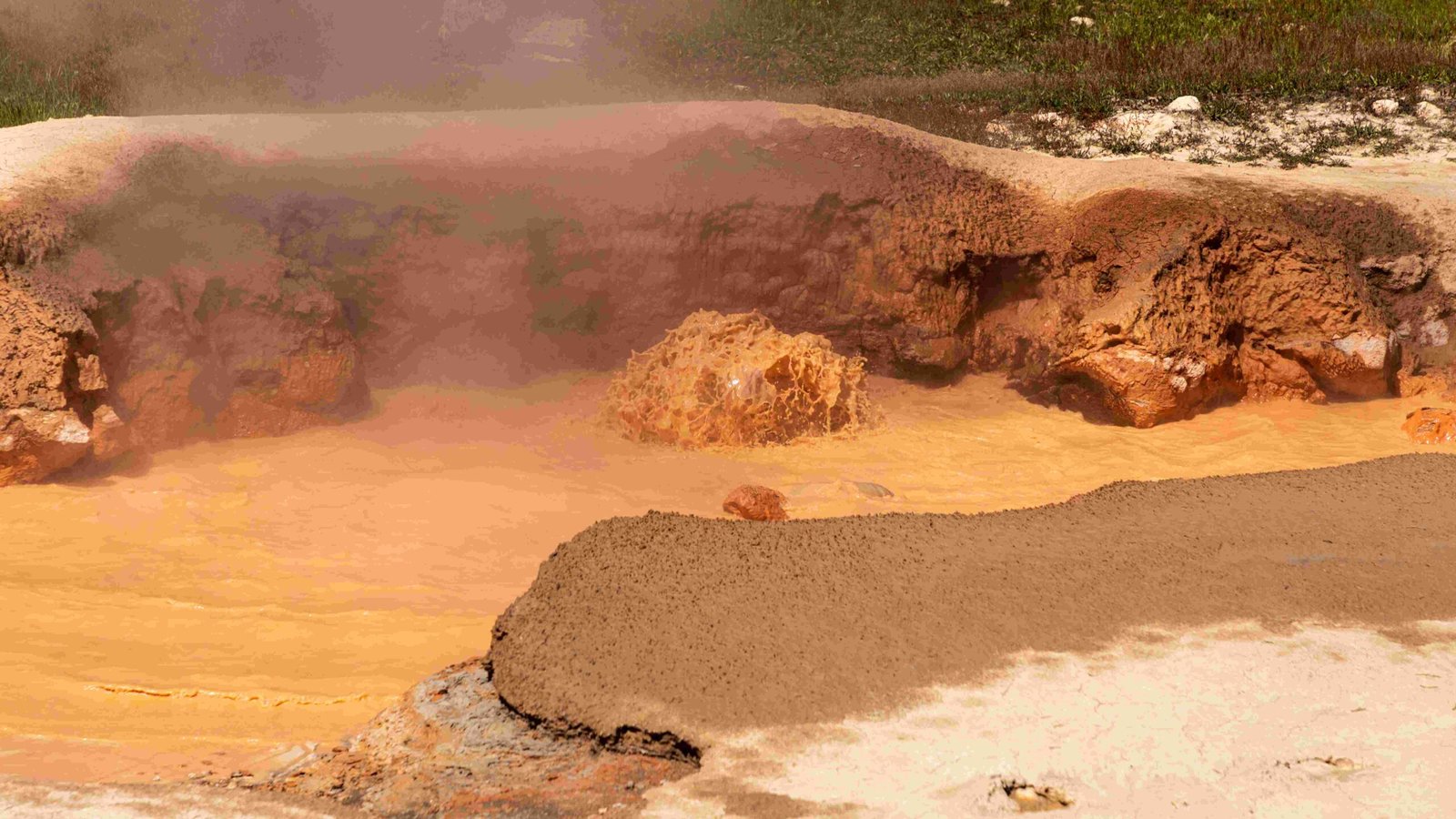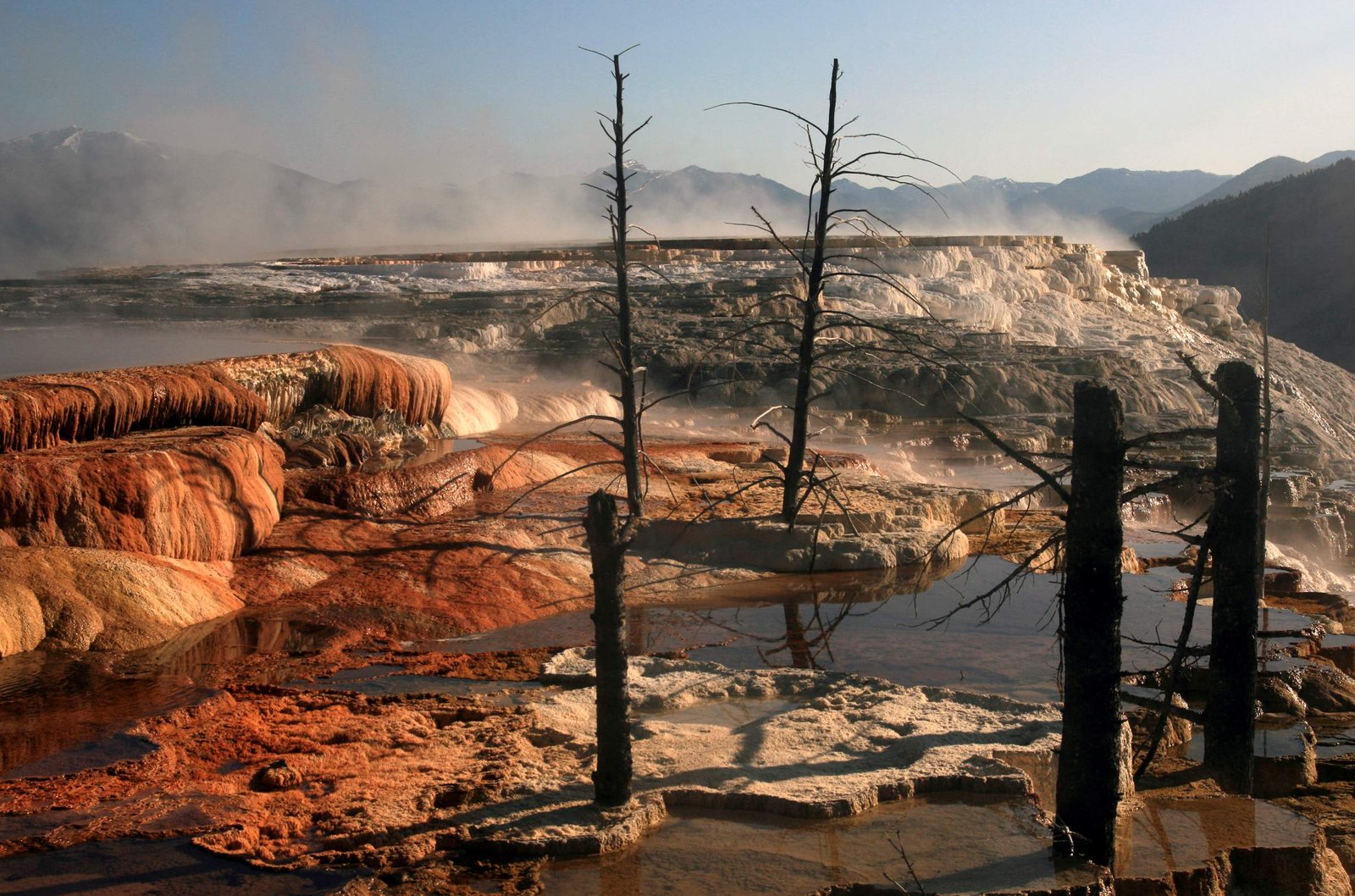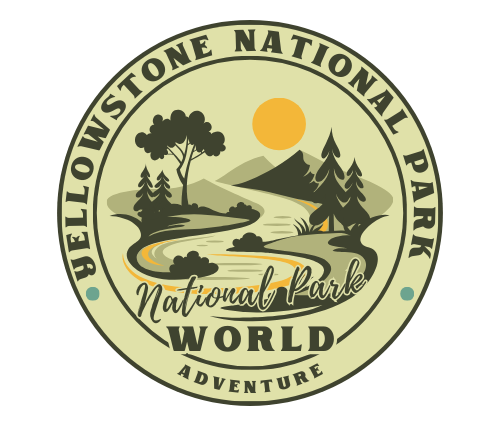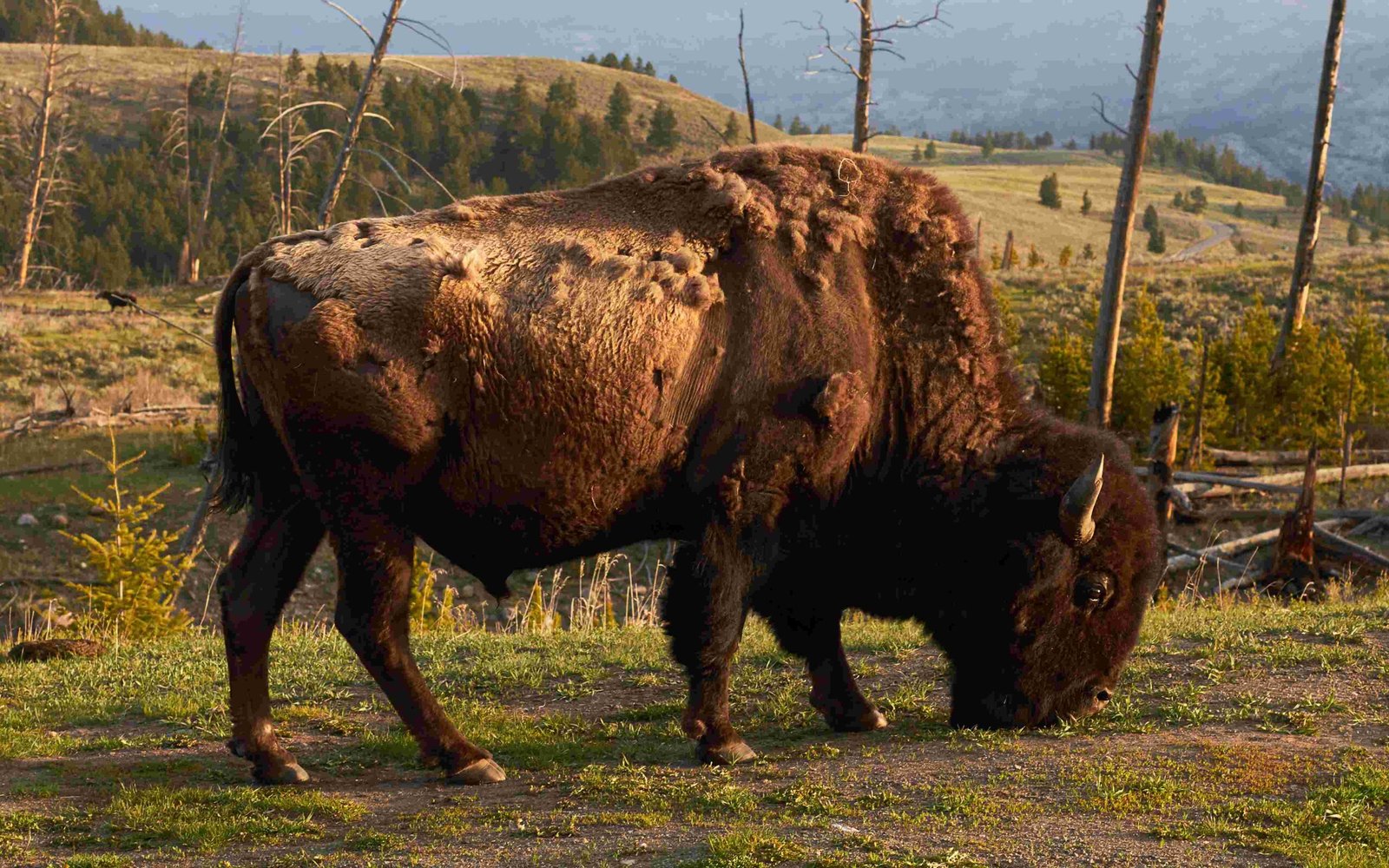Yellowstone National Park, home to a massive supervolcano, has a rich history of lava eruptions spanning millions of years. The park’s volcanic activity has shaped its unique landscape, creating iconic features like geysers, hot springs, and vast lava plateaus. While the last lava eruption occurred approximately 70,000 years ago, the park’s volcanic system remains active, continuously monitored by scientists for potential future eruptions.
What is the Geological History of Lava Eruptions at Yellowstone?

Yellowstone’s volcanic history is marked by three major caldera-forming eruptions and numerous smaller lava flows:
- 2.1 million years ago: First major supereruption
- 1.3 million years ago: Second major supereruption
- 640,000 years ago: Third major supereruption
- 160,000 to 70,000 years ago: Approximately 80 smaller eruptions, mostly lava flows
The most recent lava flow occurred about 70,000 years ago in the Pitchstone Plateau area. Recent research has revealed that the 22 intracaldera rhyolite eruptions between 160,000 and 70,000 years ago occurred in five brief episodes, each involving multiple lava flows over short durations.
How Have Lava Flows Shaped Yellowstone’s Landscape?

Lava flows have played a crucial role in shaping Yellowstone’s unique topography:
- Caldera Formation: The Yellowstone Caldera, measuring 30 by 45 miles, was formed by the collapse of the land surface following massive eruptions.
- Lava Plateaus: Rhyolitic lava flows have filled much of the caldera, creating vast plateaus covered with lodgepole pine forests.
- Geological Features: Notable features include:
- Yellowstone Lake
- West Thumb (formed by a smaller eruption about 174,000 years ago)
- Two resurgent magma domes: Sour Creek Dome and Mallard Lake Dome
The lava flows in Yellowstone are primarily rhyolitic, known for their high viscosity and explosive potential.
What Are the Current Monitoring Systems for Volcanic Activity?
Scientists employ various methods to monitor Yellowstone’s volcanic activity:
- Seismic Monitoring:
- Tracks earthquake activity (700 to 3,000 earthquakes per year)
-
Managed by the University of Utah Seismograph Station
-
Ground Deformation Monitoring:
- Uses GPS stations and geodetic instruments
- Measures changes in elevation of the Yellowstone Plateau
-
Example: White Lake GPS station recorded a 27 cm uplift between 2004 and 2010
-
Geothermal Activity Observation:
- Monitors changes in geysers and hot springs
- Provides insights into the underlying hydrothermal system and magma chamber
What Are the Implications of Recent Research on Lava Eruptions?
Recent studies have revealed new insights into Yellowstone’s eruption patterns:
- Clustered Eruptions: Lava flows occurred in brief episodes, each lasting up to 400 years
- Multiple Simultaneous Eruptions: Evidence suggests that several eruptions may occur concurrently
- Revised Eruption Rate: The long-term eruption rate might be lower than previously thought
- Potential for More Dramatic Events: When eruptions occur, they could be more intense than earlier estimates
These findings have significant implications for understanding and preparing for potential future volcanic activity in Yellowstone.
How Can Visitors Experience Yellowstone’s Volcanic History?
Yellowstone National Park offers various opportunities for visitors to explore its volcanic past:
- Guided Tours:
- Ranger-led walks
- Educational talks
-
Campfire programs
-
Self-Guided Exploration:
- Hiking trails through lava-formed landscapes
-
Observation points for geothermal features
-
Visitor Centers:
- Exhibits on volcanic history
- Interactive displays explaining geological processes
| Tour Type | Duration | Cost |
|---|---|---|
| Ranger-led Walk | 1-2 hours | Free with park admission |
| Geology Talk | 30-45 minutes | Free |
| Old Faithful Geyser Tour | 1 hour | $10 per person |
Note: Costs and schedules may vary. Check the official Yellowstone National Park website for current information.
What Safety Measures Are in Place for Volcanic Activity?
While the risk of an imminent eruption is low, Yellowstone National Park has comprehensive safety measures:
- Continuous monitoring of seismic and geothermal activity
- Emergency response plans for various scenarios
- Regular updates to visitors about any changes in volcanic activity
- Restricted access to potentially dangerous areas
Visitors are advised to stay on designated trails and follow park regulations to ensure their safety around geothermal features.
How Does Yellowstone’s Volcanic Activity Compare to Other Volcanoes?
Yellowstone’s volcanic system is unique in several ways:
- Size: It’s one of the world’s largest known volcanic systems
- Type: Classified as a ‘supervolcano’ due to its potential for massive eruptions
- Eruption Frequency: Long intervals between major eruptions (hundreds of thousands of years)
- Geothermal Activity: Hosts the world’s largest concentration of geysers and hot springs
Unlike more frequently erupting volcanoes, Yellowstone’s volcanic activity is characterized by long periods of dormancy punctuated by occasional, but potentially massive, eruptions.
What Future Research is Planned for Yellowstone’s Volcanic System?
Ongoing and future research at Yellowstone focuses on:
- Improving eruption prediction models
- Studying the magma chamber’s dynamics using advanced imaging techniques
- Analyzing past eruption patterns to better understand future scenarios
- Investigating the relationship between seismic activity and potential eruptions
- Assessing the impact of climate change on Yellowstone’s geothermal systems
This research is crucial for enhancing our understanding of supervolcanoes and improving public safety measures.
References:
1. https://buckrail.com/new-yellowstone-eruption-data-changes-understanding-of-volcanic-hazards/
2. https://www.yellowstonepark.com/things-to-do/yellowstone-volcano/yellowstones-supervolcano-and-volcanic-history/
3. https://en.wikipedia.org/wiki/Yellowstone_Caldera

